MinErgy uses SoLAR Innovation Fund to build community distribution tanks as a step towards a volumetric tariff system and equitable water distribution for community-governed solar irrigation projects.
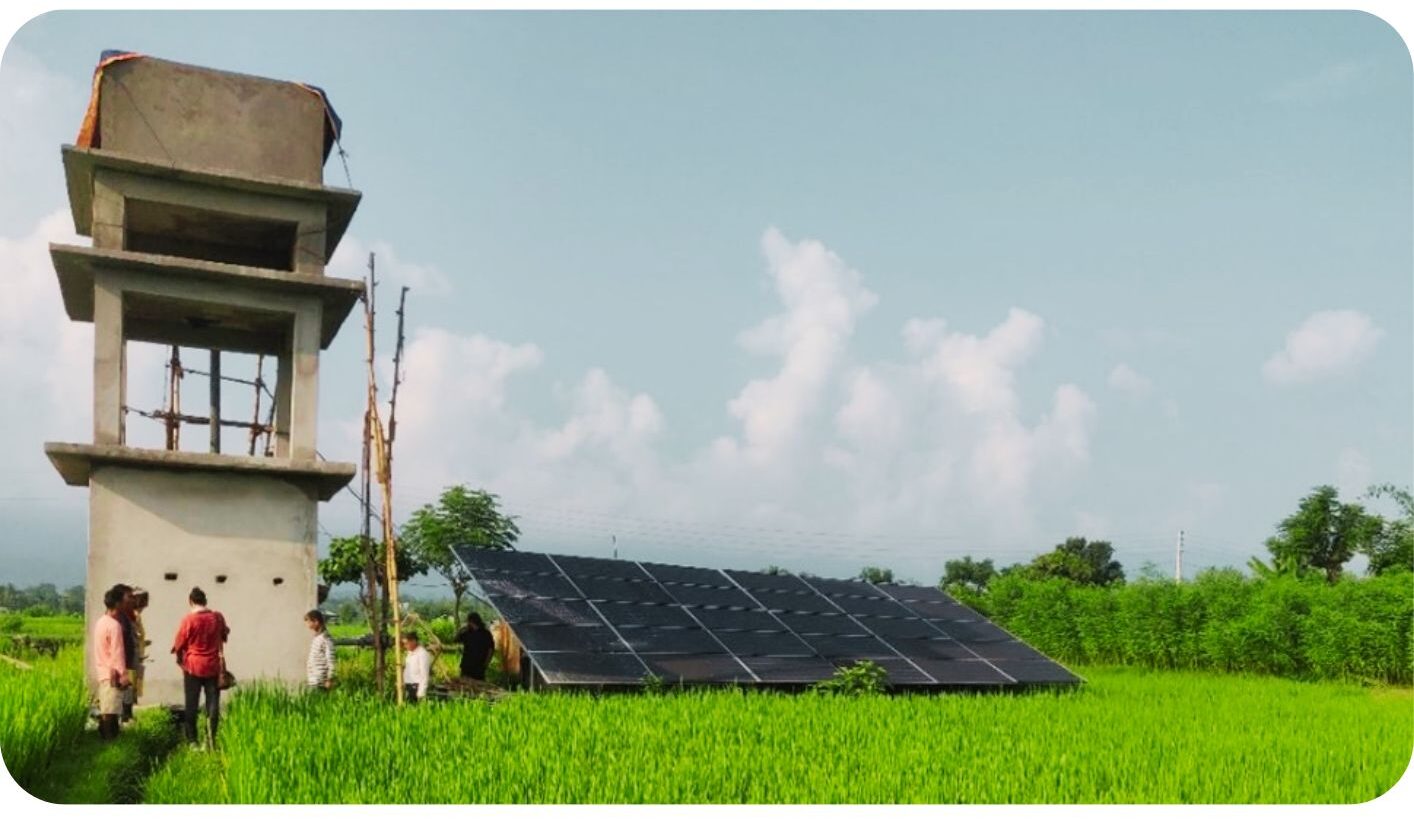
MinErgy’s distribution tank in Nawalparasi
Solar irrigation has been gaining popularity in Nepal thanks to the government’s subsidies for individually-owned solar irrigation pumps (SIPs). But the economic feasibility of these pumps is stressed given their lower lifespans vis-à-vis the burden of support the government entails for these. A possible way to tide over this constraint is to develop scalable community-level solar irrigation projects. Alternative Energy Promotion Center (AEPC), a nodal agency to promote and implement the subsidized solar irrigation program in Nepal, has expressed interest in community-level solar irrigation projects. A community-level solar irrigation project can potentially reach more beneficiaries and marginalized communities than an individually owned system but comes with significant challenges concerning equitable water distribution amongst the community and setting a tariff system that is affordable for the farmers and revenue-earning for the community to operate the system efficiently. The capacity of community leadership plays a huge role in the success and failure of these projects.
MinErgy – an organization working on energy-efficient, environmentally sound, cost-effective, and socially responsible technologies for generating livelihoods – identified a 53-member community in Rajahar village in Devchuli Municipality of Nawalparasi district in Nepal. The site has a 10-kilowatt peak (kWp) SIP system with a 10-horsepower (HP) submersible pump at 48 meters with a catchment area for irrigation is 2 hectares. The system was installed with 85% funding through Arizona State University and 15% through the farmer-user group’s contributions. In addition, the community has also installed a Krishi meter to run the pump when solar is unavailable.
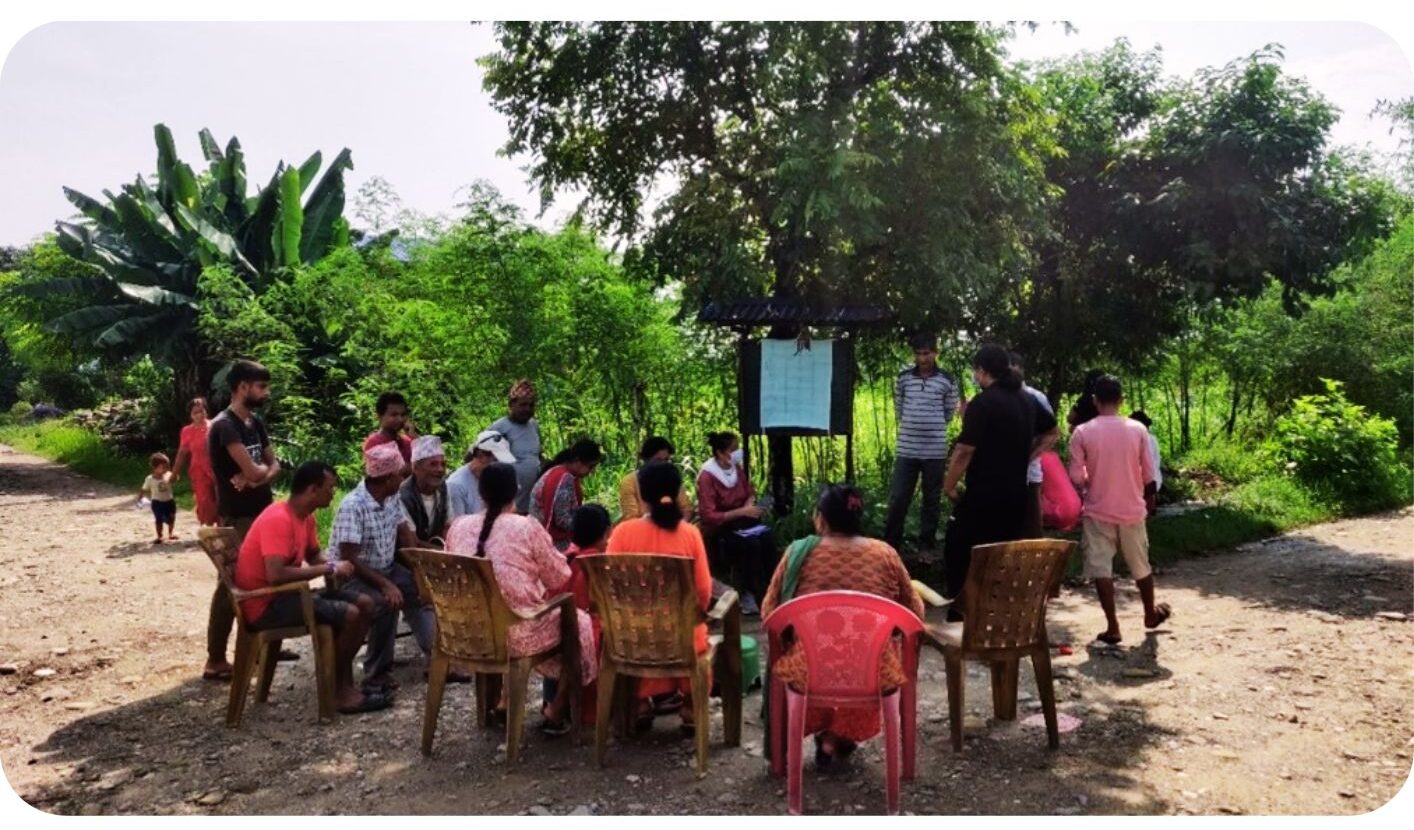
The user community, however, faced social problems in distributing irrigation water. Due to the nature of technology, the standard hourly rate for irrigation water from SIP doesn’t guarantee equitable access to water as the water discharge varies with solar radiation. This means a farmer receiving irrigation water at an hourly rate in the morning/evening or during cloudy days would receive less water than the farmer who would have access to SIP during the mid-day, despite having to pay the same hourly rate, which created conflict amongst the members.
One of the ways to address this issue is to devise a system where the farmers can pay for the irrigation water used. Paying for irrigation water based on the volume of water used would solve this issue for most community-level solar irrigation projects. But installing a flowmeter for all community-level projects would increase the overall project cost. Thus, a pilot project is necessary to conduct a techno-economic cost-benefit analysis of the flowmeters for setting up a volumetric payment system.
MinErgy is using the IWMI- SoLAR Innovation Fund (IF) to construct a distribution tank to improve the water pressure so that farmers at the far end of the distribution pipeline receive the irrigation water. Larger distribution pipes are installed at the site to increase the capacity of water flow, where MinErgy plans to install around 70 flowmeters to measure the water volume used by the farmers. The farmers could then freely use the irrigation water without worrying about the hourly rates and less water due to poor solar radiation. They are also integrating a digital payment system that will note the meter readings from individual farmers and automatically calculate the due amount for each farmer with a unique QR code. A member of the farmer’s family needs to scan the QR code to make online digital payments, and the amount would be deposited in the user group’s bank account, making the management of the user group more accountable and helping its financial transparency. MinErgy is conducting a comparative analysis of the pilot site with other similar sites in the Nawalparasi district to evaluate the success of such an approach for community-level solar irrigation projects.






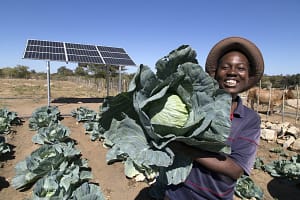


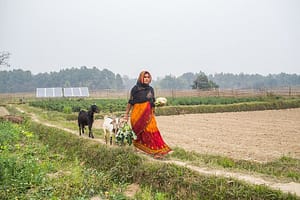
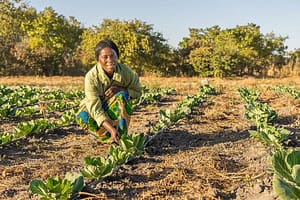
Thank you for sharing this informative article on Irrigation Pump